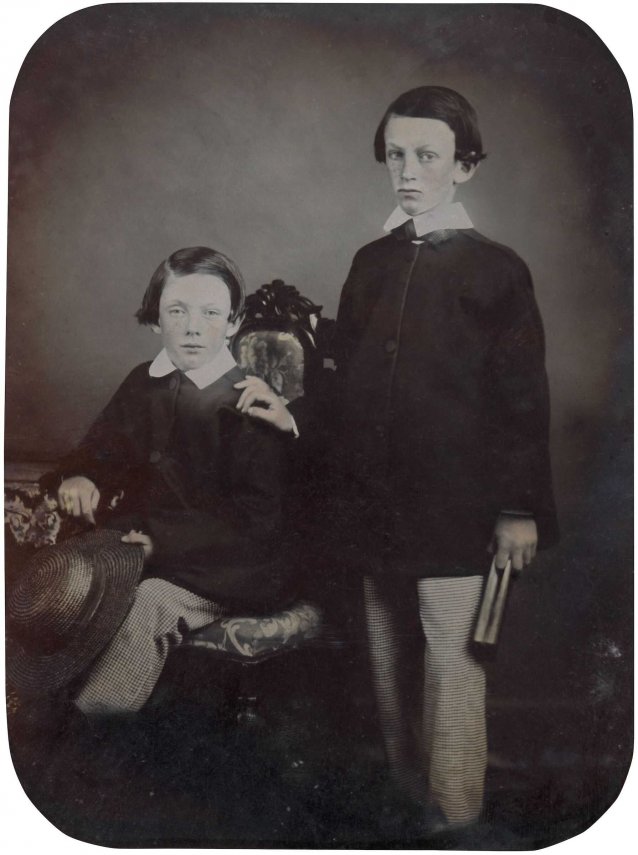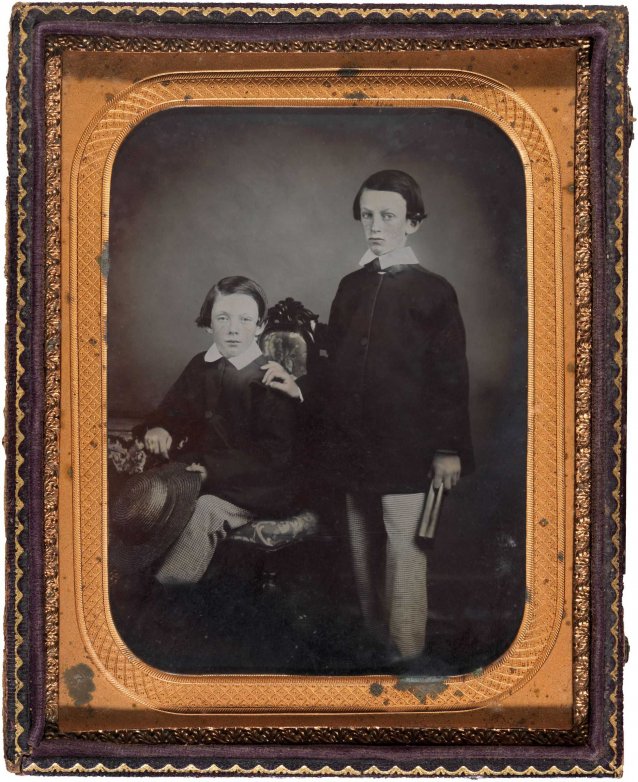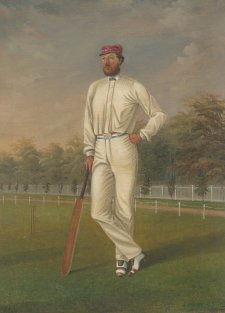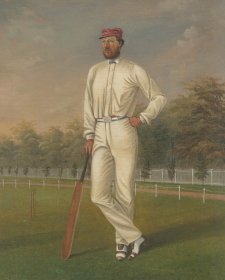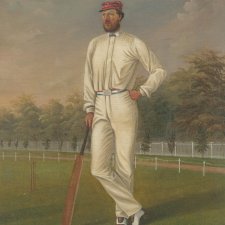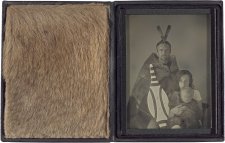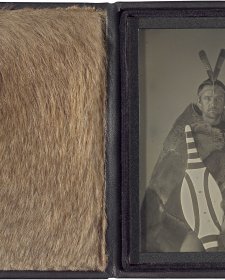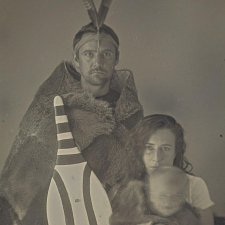Emily Spencer Wills (1842–1925), Cedric Spencer Wills (1844–1914), Horace Spencer Wills (1847–1928), and Egbert Spencer Wills (1849–1931) the second, third, fourth, and fifth children of Horatio Wills and his wife Elizabeth, were all born at Lexington, spending their childhoods there and at Bellevue, the property acquired by Horatio Wills near Geelong in 1852. Emily was 22 when she married her cousin Henry Colden Antill Harrison (1836–1929), who, along with Tom Wills, is considered the 'father' of Australian Rules football. A runner and 'champion pedestrian', Harrison became involved in football through Tom Wills and may have been involved with him in drafting the rules of the game in 1859. Harrison certainly helped devise the amended set of rules adopted in 1866; and he captained Richmond, Melbourne, Geelong, and Melbourne again before retiring from football in 1872. He and Emily had ten children. Cedric attended Geelong Grammar for a time before, in 1859, he, Horace and Egbert (then only nine) were sent overseas to be educated. All three brothers were at school in Germany when the Cullin-la-ringo incident occurred. Returning home soon afterwards, in 1862, Cedric initially assisted Tom in running the station, but – considerably more dependable than his brother, despite his youth – increasingly took on responsibility for it amidst Tom's regular cricketing absences and increasing alcoholism. Horace and Egbert finished their schooling at Scotch College and then Geelong Grammar, with Horace moving to Queensland in 1866 to learn farming from Cedric and assist him in running the property. Both Horace and Cedric married, had large families, and made regular trips back to Victoria where they played football for Geelong. Egbert, like his oldest brother Tom, was an extremely able sportsman, captaining Geelong Grammar in cricket and later playing first grade football for Geelong and Melbourne. Though he maintained a financial interest in Cullin-la-ringo, Egbert went into the banking profession, working for the Bank of Victoria from 1869 until his retirement in 1914. After Cullin-la-ringo was sold in the wake of the financial downturn of the 1890s, Horace retired to a home in Kew, where he died in 1914. Cedric stayed in Queensland, living for the remainder of his life at a property named Minerva, which is still in family hands.
Emily Spencer Wills (1842–1925), Cedric Spencer Wills (1844–1914), Horace Spencer Wills (1847–1928), and Egbert Spencer Wills (1849–1931) the second, third, fourth, and fifth children of Horatio Wills and his wife Elizabeth, were all born at Lexington, spending their childhoods there and at Bellevue, the property acquired by Horatio Wills near Geelong in 1852. Emily was 22 when she married her cousin Henry Colden Antill Harrison (1836–1929), who, along with Tom Wills, is considered the 'father' of Australian Rules football. A runner and 'champion pedestrian', Harrison became involved in football through Tom Wills and may have been involved with him in drafting the rules of the game in 1859. Harrison certainly helped devise the amended set of rules adopted in 1866; and he captained Richmond, Melbourne, Geelong, and Melbourne again before retiring from football in 1872. He and Emily had ten children. Cedric attended Geelong Grammar for a time before, in 1859, he, Horace and Egbert (then only nine) were sent overseas to be educated. All three brothers were at school in Germany when the Cullin-la-ringo incident occurred. Returning home soon afterwards, in 1862, Cedric initially assisted Tom in running the station, but – considerably more dependable than his brother, despite his youth – increasingly took on responsibility for it amidst Tom's regular cricketing absences and increasing alcoholism. Horace and Egbert finished their schooling at Scotch College and then Geelong Grammar, with Horace moving to Queensland in 1866 to learn farming from Cedric and assist him in running the property. Both Horace and Cedric married, had large families, and made regular trips back to Victoria where they played football for Geelong. Egbert, like his oldest brother Tom, was an extremely able sportsman, captaining Geelong Grammar in cricket and later playing first grade football for Geelong and Melbourne. Though he maintained a financial interest in Cullin-la-ringo, Egbert went into the banking profession, working for the Bank of Victoria from 1869 until his retirement in 1914. After Cullin-la-ringo was sold in the wake of the financial downturn of the 1890s, Horace retired to a home in Kew, where he died in 1914. Cedric stayed in Queensland, living for the remainder of his life at a property named Minerva, which is still in family hands.
Gift of T S Wills Cooke 2014. Donated through the Australian Government's Cultural Gifts Program.
The National Portrait Gallery respects the artistic and intellectual property rights of others. Works of art from the collection are reproduced as per the
Australian Copyright Act 1968 (Cth). The use of images of works from the collection may be restricted under the Act. Requests for a reproduction of a work of art can be made through a
Reproduction request. For further information please contact
NPG Copyright.
